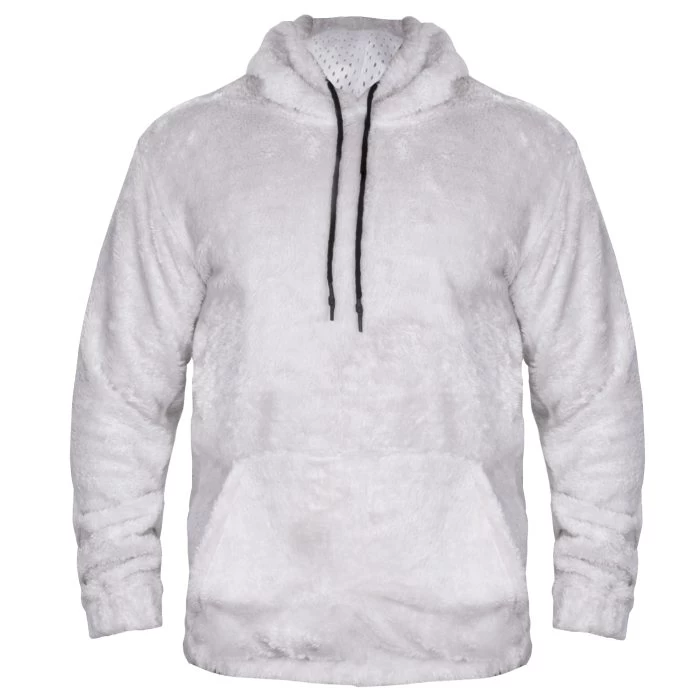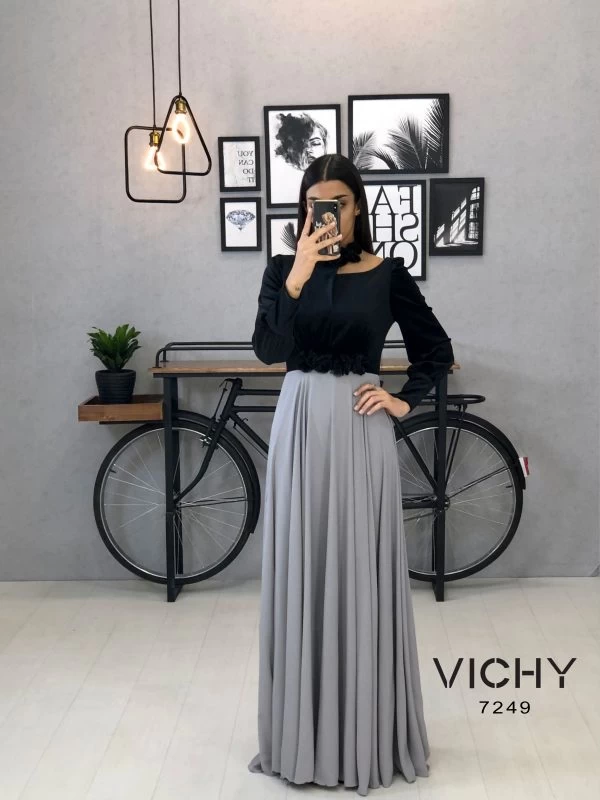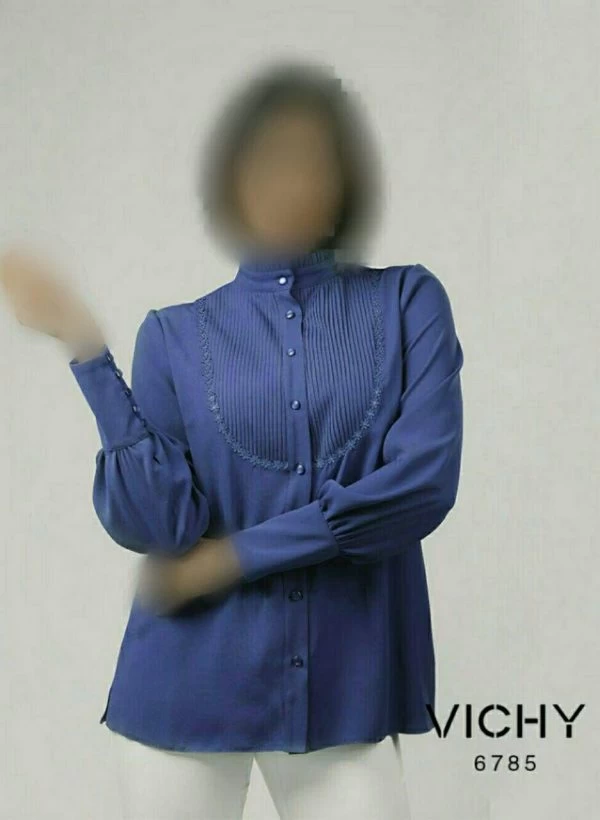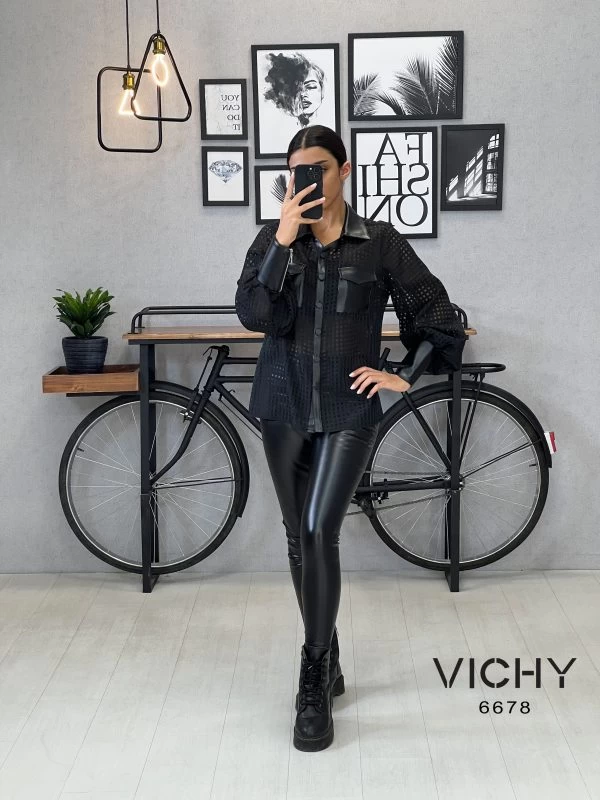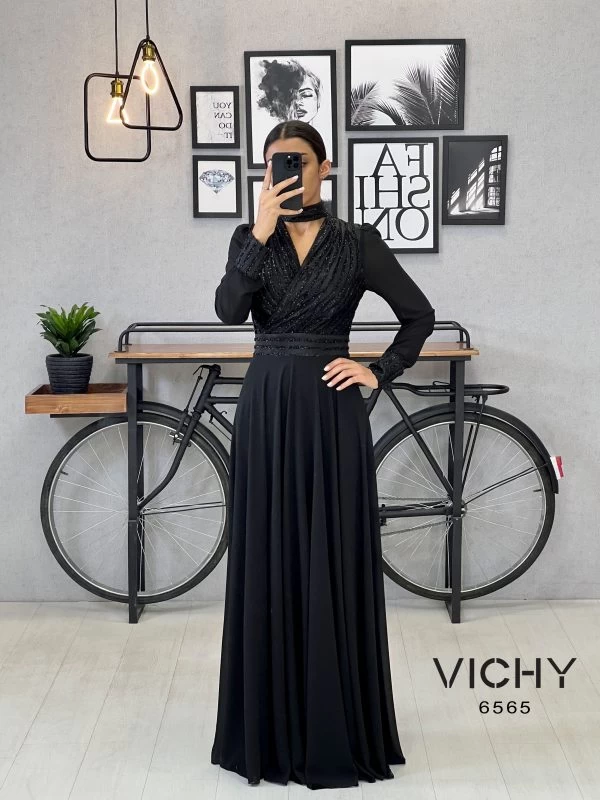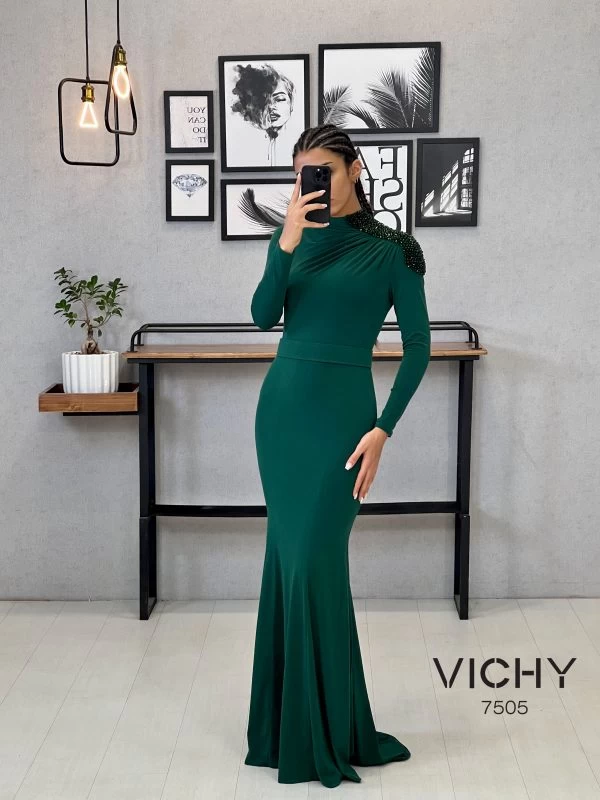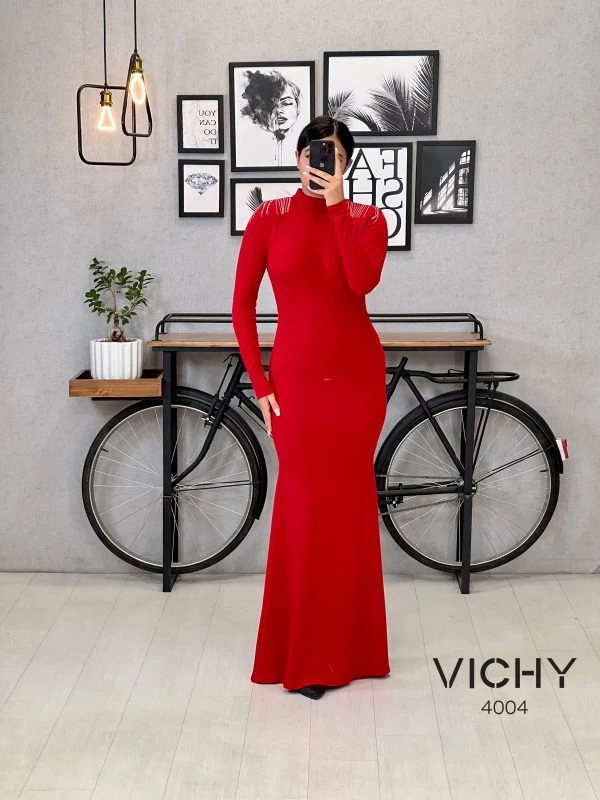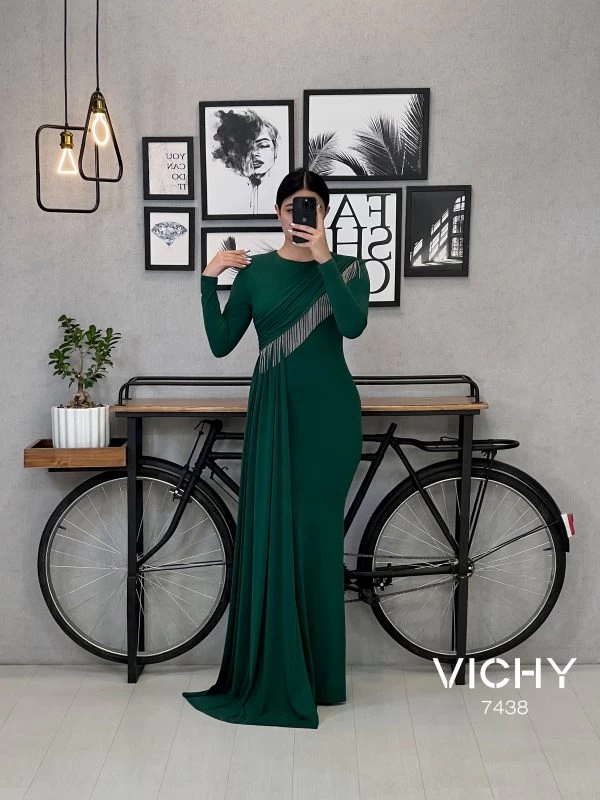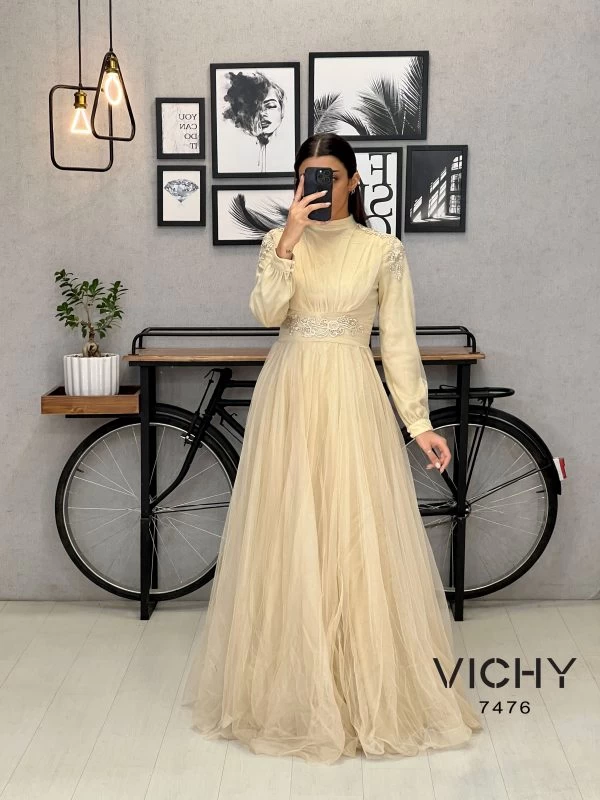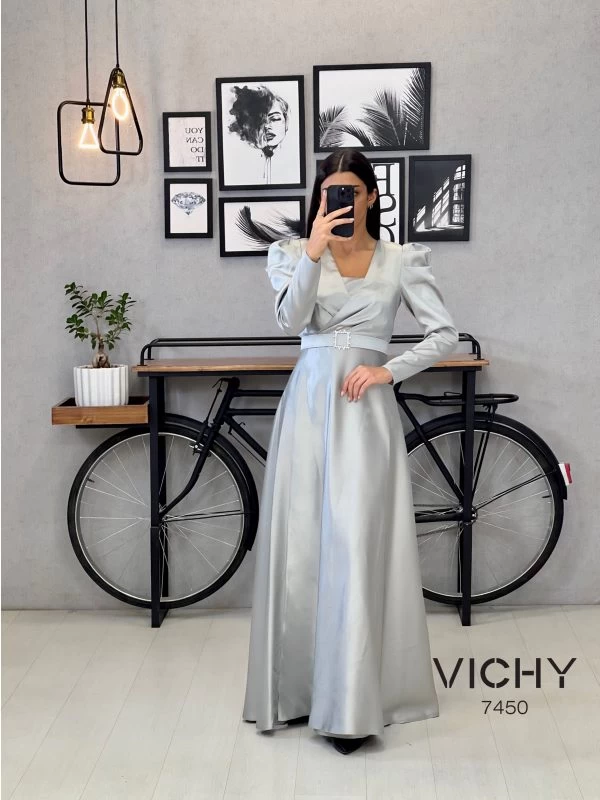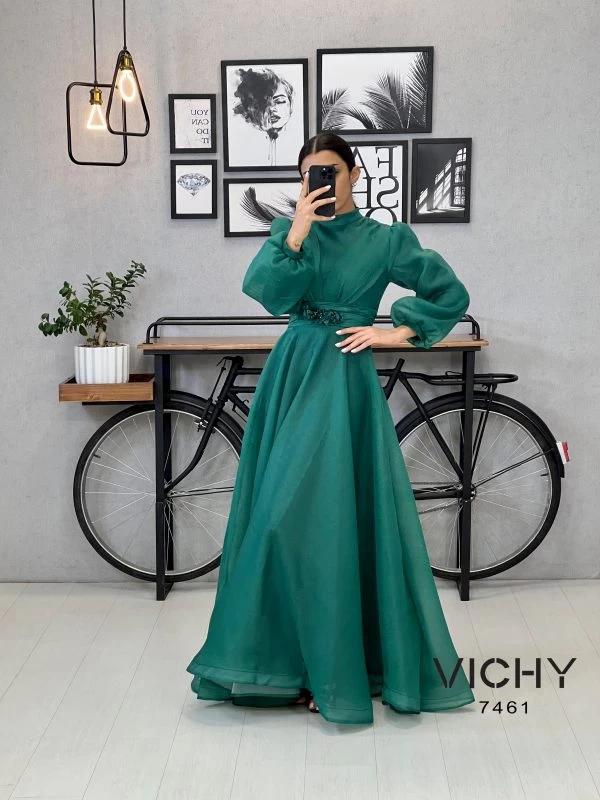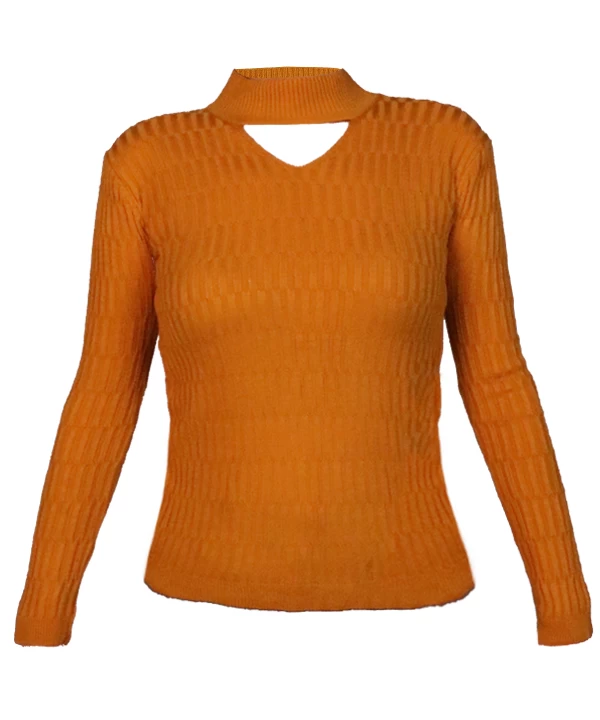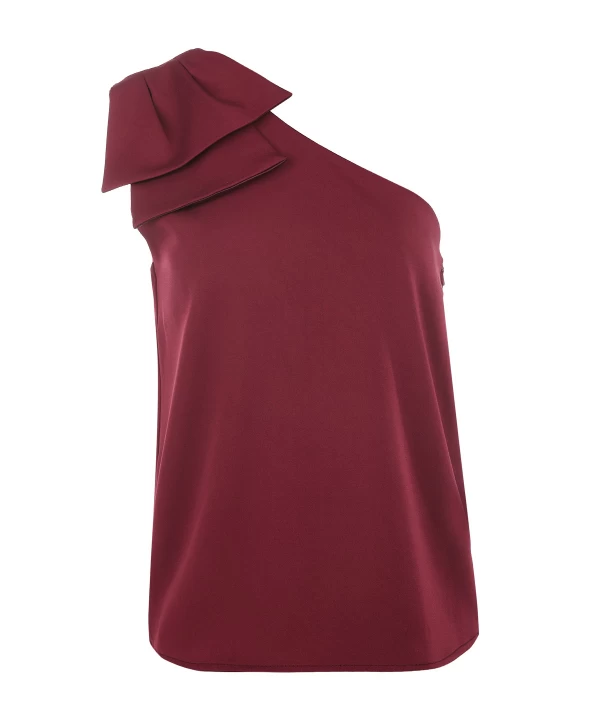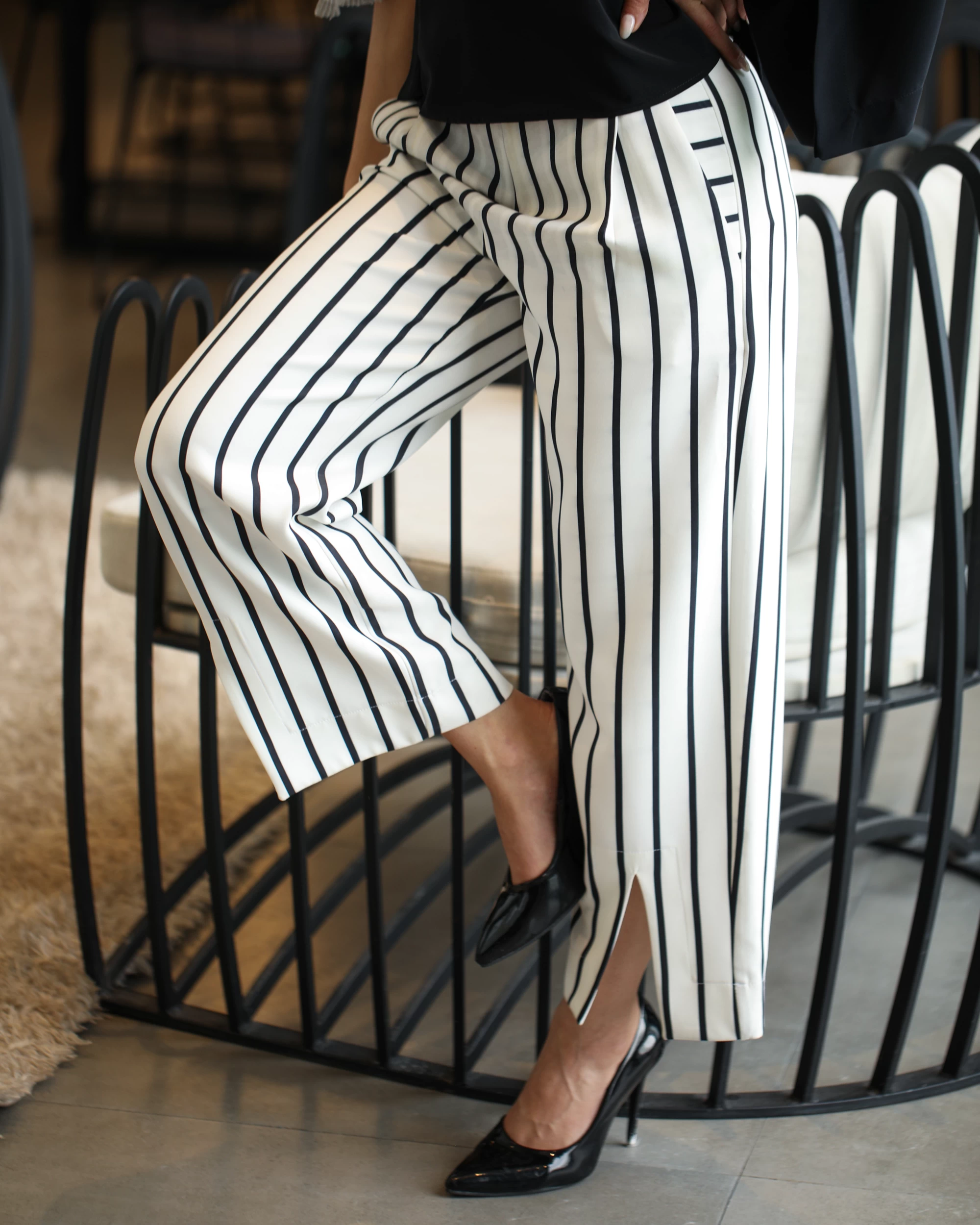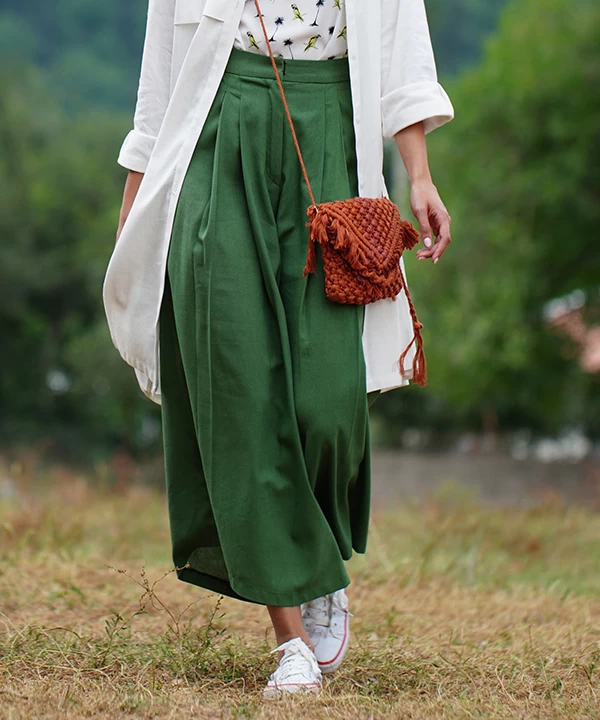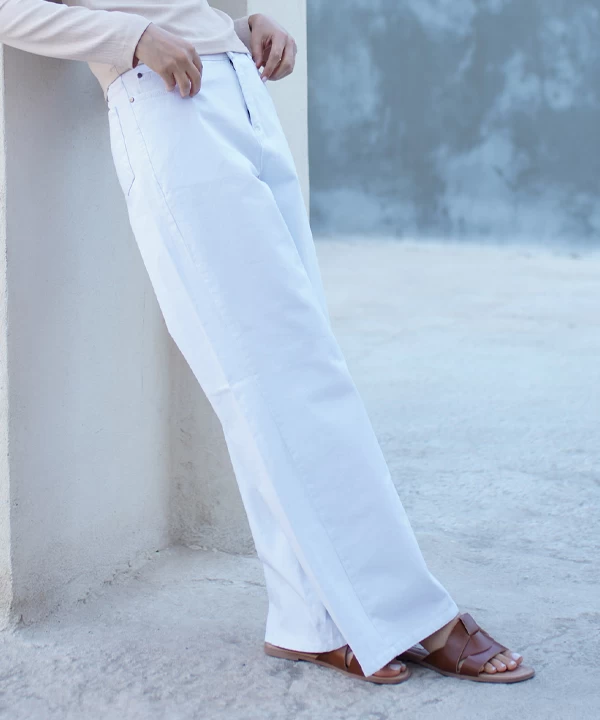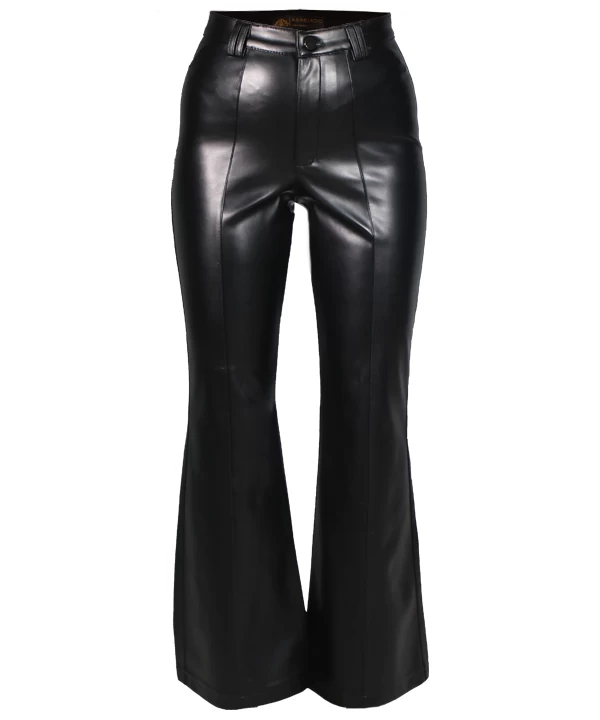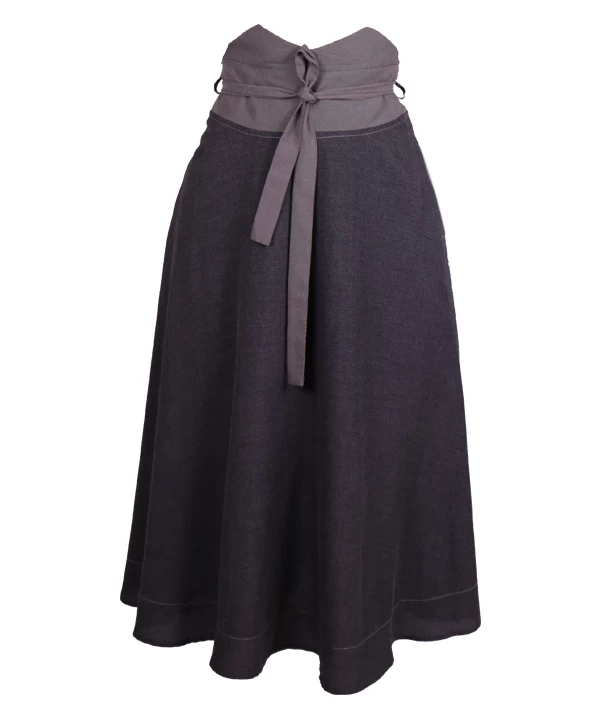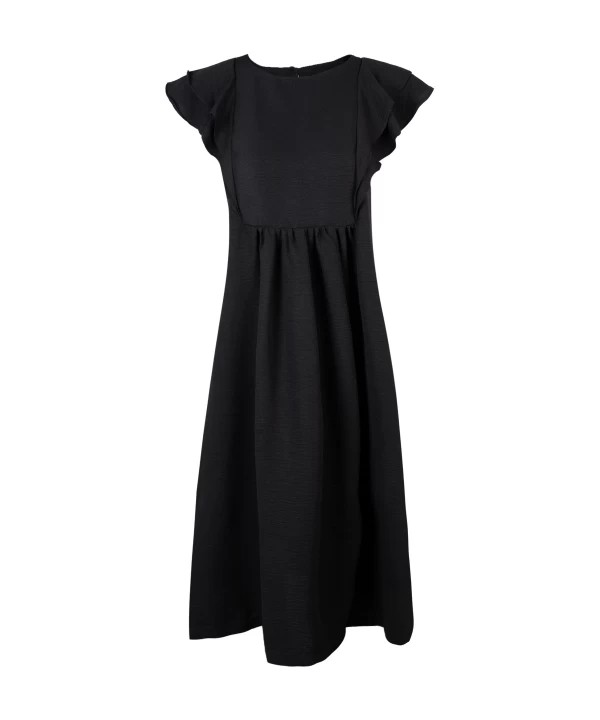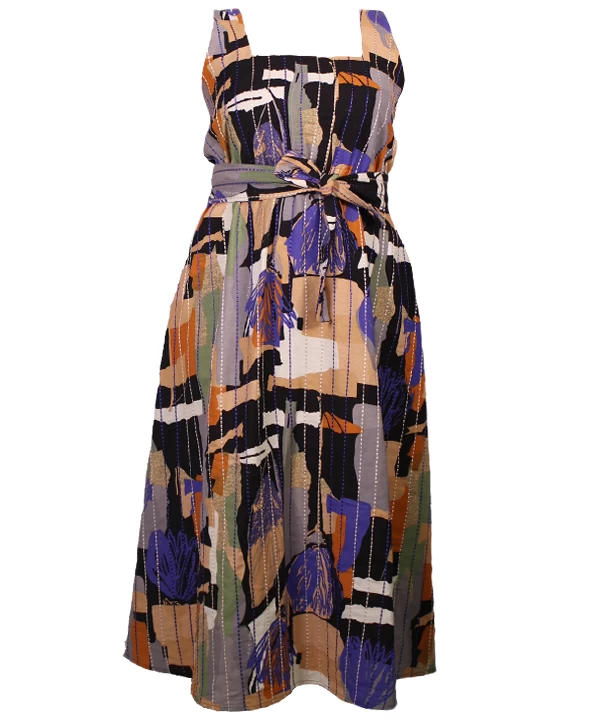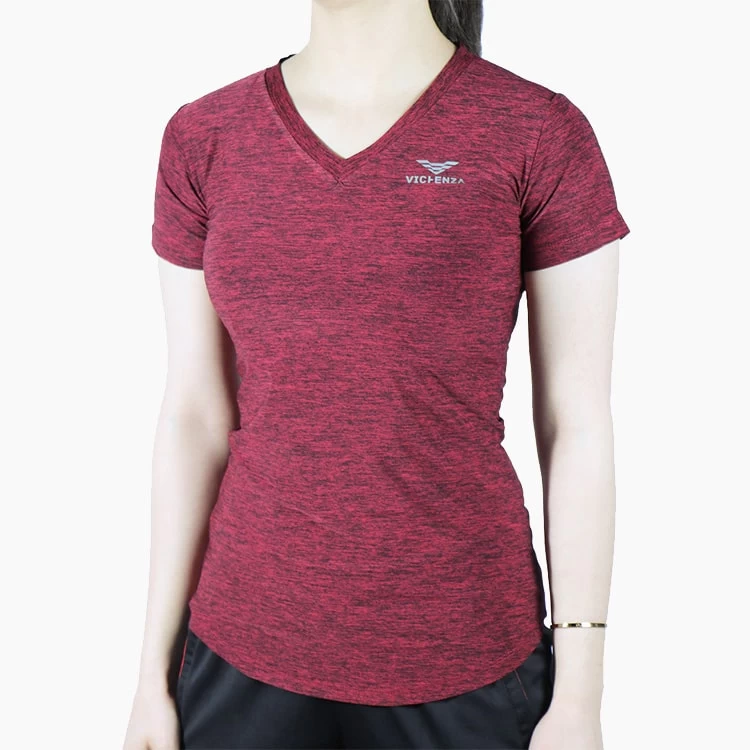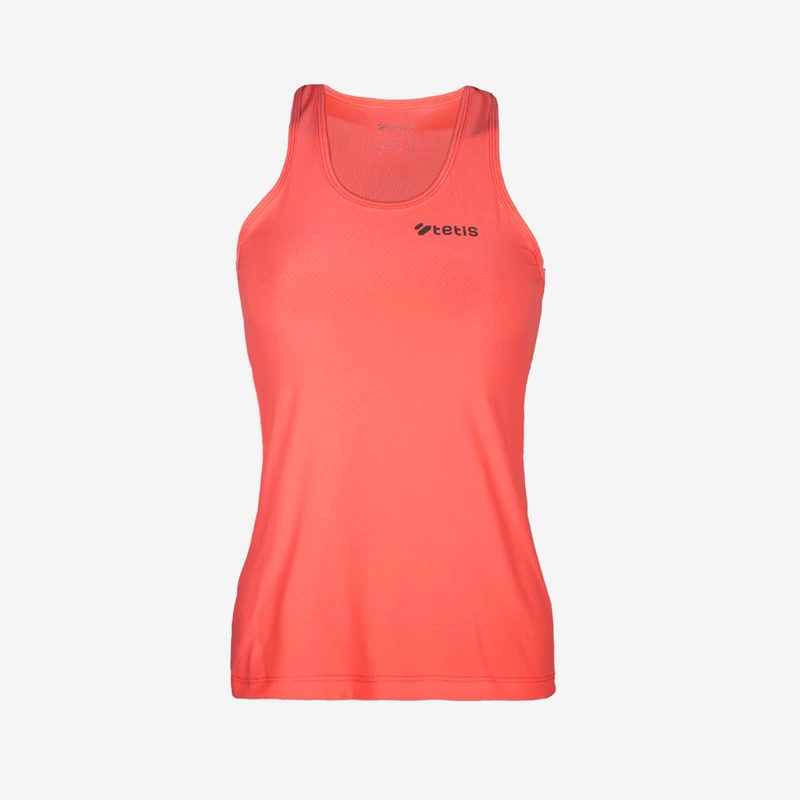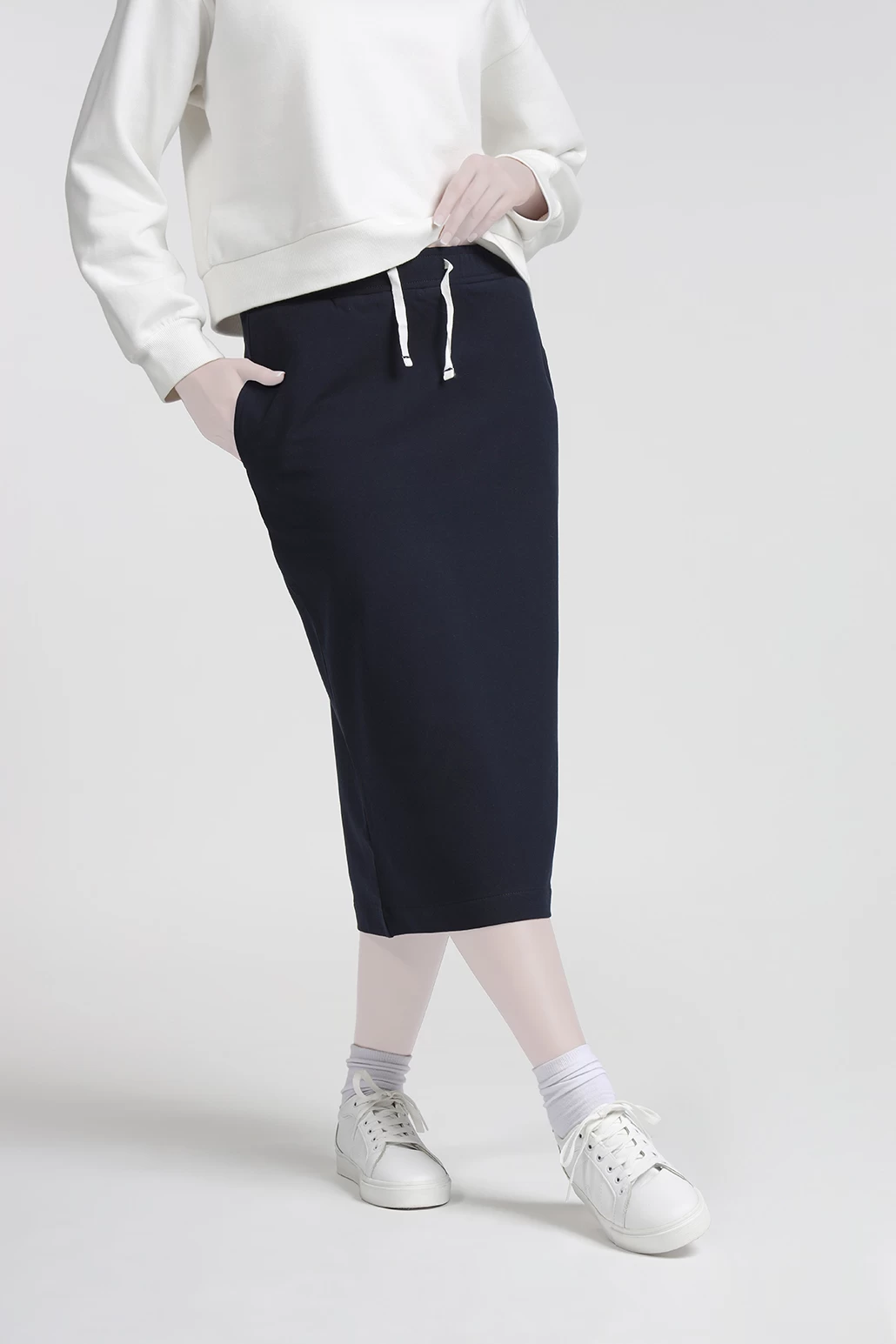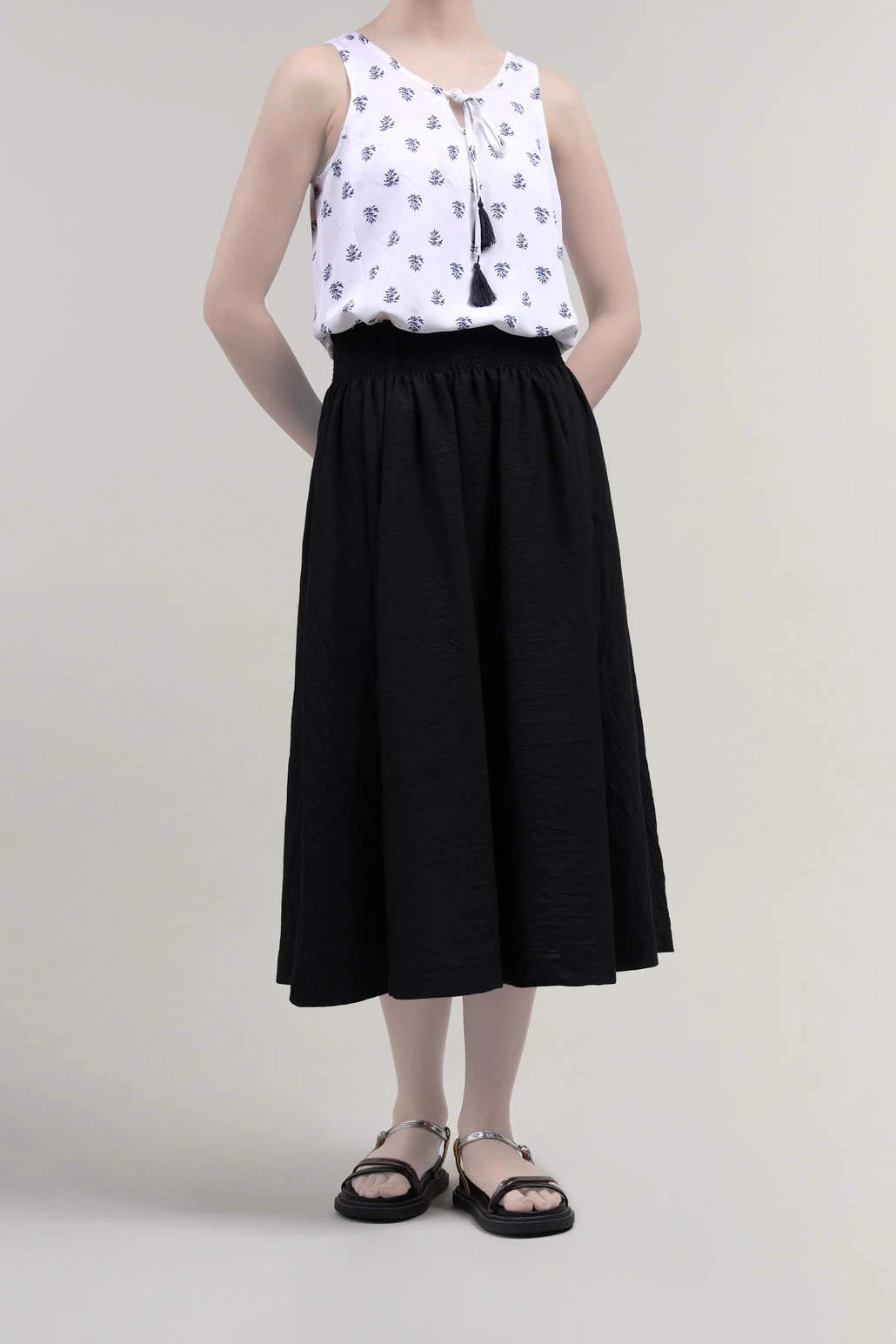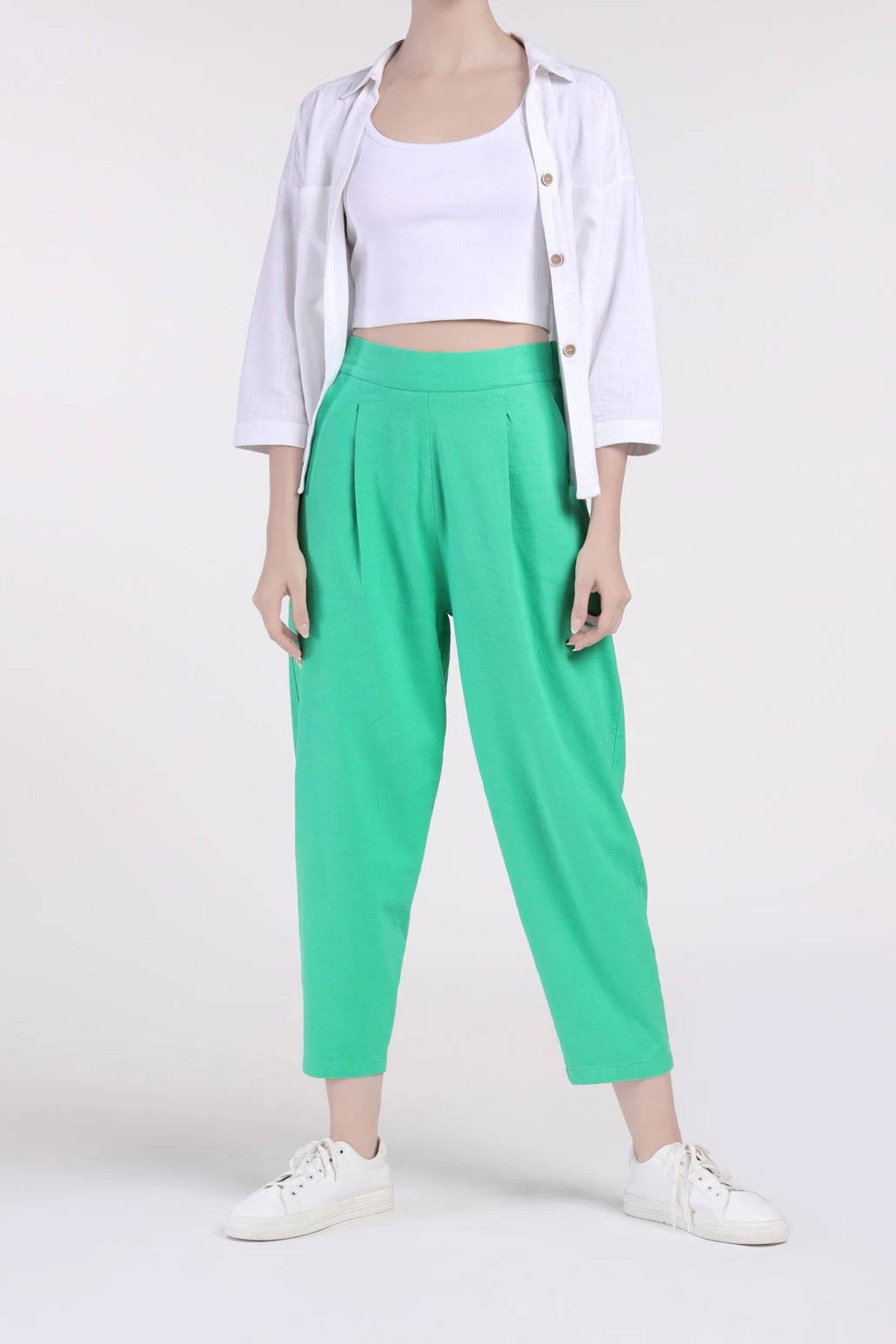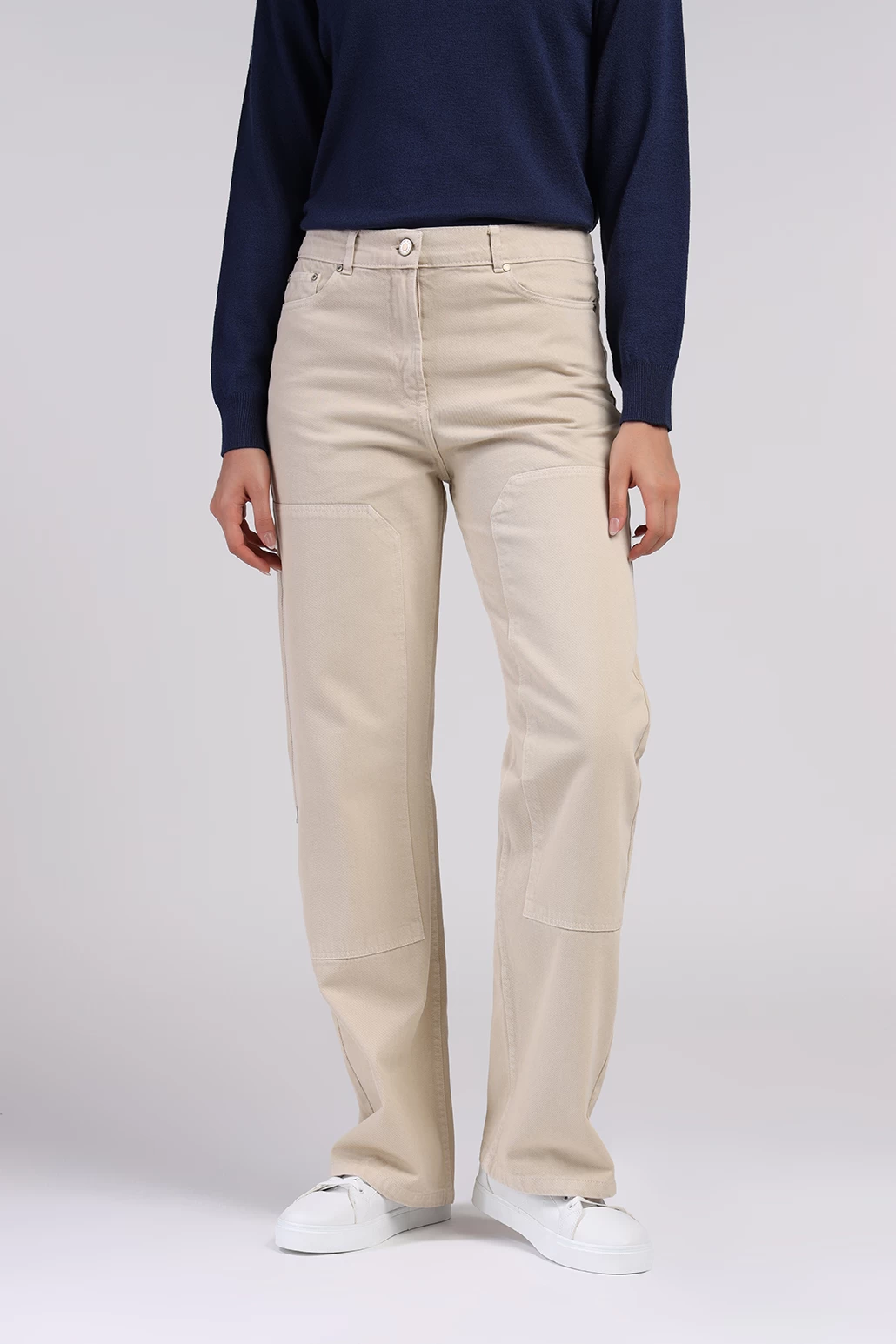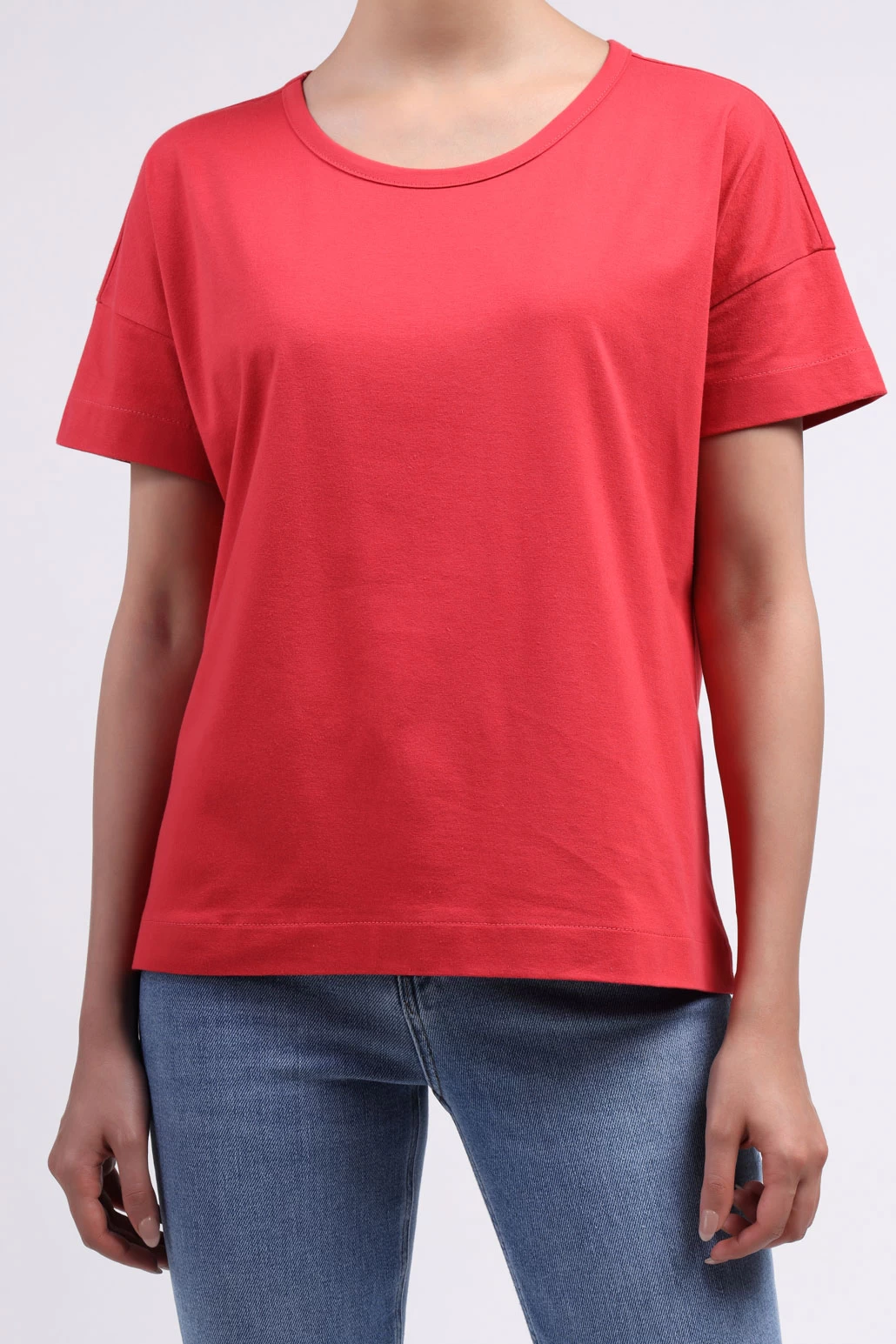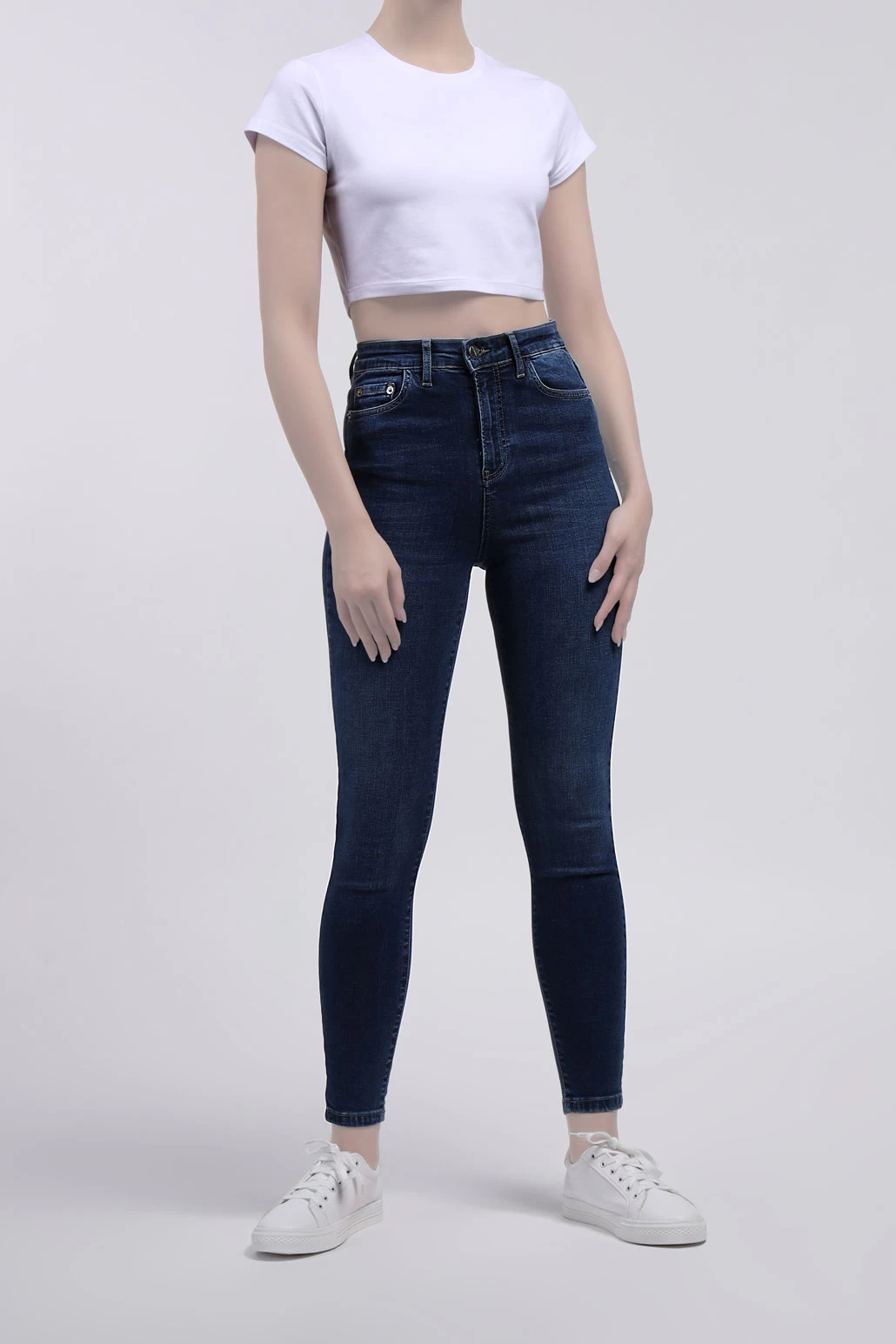Women's Clothing
Women's clothing encompasses a vast array of garments, styles, and trends designed specifically for women.
Throughout history, women's clothing has undergone significant transformations influenced by cultural, social, and fashion trends. From ancient civilizations to modern times, women's fashion has evolved, reflecting changes in society, gender roles, and personal expression.
In contemporary fashion, women's clothing offers an extensive range of choices, allowing individuals to express their unique style, personality, and cultural influences.
Here are some key categories and styles commonly found in women's clothing:
1. Tops: Tops for women come in various styles, including t-shirts, blouses, shirts, sweaters, and tunics. These garments can be casual, formal, or somewhere in between, catering to different occasions and personal preferences.
2. Dresses: Dresses are versatile and popular among women. They come in various lengths, such as mini, midi, and maxi, and a wide range of styles, including cocktail dresses, evening gowns, sundresses, shift dresses, and wrap dresses. Dresses offer a feminine and elegant look suitable for both casual and formal events.
3. Bottoms: Women's bottoms include trousers, jeans, shorts, skirts, and leggings. Each type of bottom provides different fits, cuts, and styles to suit various body types and fashion preferences. From tailored pants for office wear to denim jeans for a casual look, the options are extensive.
4. Outerwear: Outerwear garments are designed to be worn over other clothing to provide warmth, protection, or style. Examples include coats, jackets, blazers, cardigans, and parkas. These items not only serve a practical purpose but also make a fashion statement, adding layers and textures to an outfit.
5. Activewear: With the rise of the athleisure trend, activewear has become a staple in many women's wardrobes. These garments are designed for physical activities, such as sports, yoga, and workouts, but are also embraced as comfortable and stylish casual wear. Activewear typically includes leggings, sports bras, tank tops, hoodies, and athletic shorts.
6. Lingerie: Lingerie encompasses undergarments designed for comfort, support, and aesthetics. It includes bras, panties, camisoles, slips, shapewear, and hosiery. Lingerie can range from practical and functional to luxurious and seductive, catering to different needs and occasions.
7. Accessories: Accessories play a crucial role in completing a woman's outfit. They include items like handbags, purses, belts, scarves, hats, jewelry, sunglasses, and footwear. Accessories add detail, color, texture, and personal style to an ensemble, allowing women to express their creativity and individuality.
It's important to note that fashion trends continually evolve, and personal style varies among individuals. Women's clothing is a dynamic and diverse field that reflects the cultural, social, and individual identities of women worldwide. Whether it's embracing classic styles or experimenting with the latest trends, women have an extensive range of choices when it comes to expressing themselves through clothing.
Several key factors influence women's fashion trends, shaping the styles, designs, and preferences that dominate the industry.
_1711641528.jpg)
These factors include:
1. Culture and Society: Culture and society play a significant role in shaping women's fashion trends. Cultural traditions, social norms, and values influence the types of clothing considered appropriate and fashionable. Different regions and countries have their own unique fashion aesthetics and preferences, which are often influenced by cultural heritage and societal expectations.
2. Media and Celebrity Influence: The media, including fashion magazines, television shows, movies, and social media platforms, heavily influence women's fashion trends. Celebrities, influencers, and fashion icons often set the stage for what is considered stylish and desirable. Their choices in clothing, red carpet appearances, and endorsements can quickly popularize specific brands, styles, or looks, leading to widespread adoption among the public.
3. Fashion Industry and Designers: Fashion designers and industry professionals play a crucial role in shaping women's fashion trends. They create collections, showcase them in fashion weeks and runway shows, and collaborate with influential brands. The designs and innovations introduced by fashion designers often trickle down to mainstream fashion, influencing the choices available to women.
It's important to note that these factors are interconnected and continually evolving.
Trading Rules:
When it comes to trading women's clothing, there are certain rules and regulations that businesses and individuals need to abide by to ensure smooth operations and compliance with legal requirements. These rules can vary depending on the specific country or region involved. Here are some general considerations:
1. Licensing and Permits: Before engaging in the trading of women's clothing, it's important to obtain the necessary licenses and permits required by the relevant authorities. This may include business registration, import/export licenses, and compliance with trade regulations specific to the country of origin and destination.
2. Customs and Tariffs: When trading internationally, customs procedures and tariffs must be taken into account. Each country has its own customs regulations, including documentation requirements, valuation methods, and duties or taxes on imported goods. It's crucial to understand and comply with these regulations to avoid delays or penalties.
Packing List:
A packing list is a detailed document that outlines the contents of a shipment. When exporting women's clothing, a comprehensive packing list can help ensure smooth customs clearance and facilitate efficient handling of the goods. Here are some items typically included in a packing list:
1. Description of Goods: Provide a detailed description of each item, including style, size, color, and quantity. This helps customs officials identify and classify the clothing correctly.
2. Packaging Details: Specify how the clothing items are packaged, such as boxes, cartons, or pallets. Include information on dimensions, weight, and packaging materials used.
Exporting Rules:
Exporting women's clothing involves navigating specific rules and regulations to ensure compliance and successful trade. While requirements can vary, here are some general considerations:
1. Export Documentation: Familiarize yourself with the required export documentation, such as commercial invoices, packing lists, certificates of origin, export licenses, and shipping instructions. Ensure that all documentation is accurate, complete, and in compliance with the importing country's regulations.
2. Export Controls: Some countries have export controls in place, particularly for sensitive items or materials. Research and understand any export control restrictions or licensing requirements that may apply to women's clothing exports.
 (1)_1711641588.jpg)
Barge of Exporting Women's Clothing:
1. Trade Barriers and Tariffs: Different countries impose trade barriers in the form of tariffs, quotas, or import restrictions on specific goods, including clothing. These barriers can increase the cost of exporting and affect the competitiveness of women's clothing in foreign markets.
2. Cultural and Fashion Preferences: Exporting women's clothing requires understanding the cultural and fashion preferences of the target market. Styles, designs, and sizes that are popular in one country may not necessarily resonate with consumers in another. Adapting to local tastes and preferences can be a challenge for exporters.
3. Supply Chain Management: Maintaining an efficient and reliable supply chain is crucial when exporting clothing. Managing sourcing, production, quality control, and logistics can be complex, especially when dealing with multiple suppliers, manufacturers, and distributors.
To overcome these barriers, exporters of women's clothing should conduct thorough market research, establish strong partnerships, adapt to local preferences, maintain high-quality standards, and stay updated on international trade regulations and trends.
_1711641528.jpg)
When it comes to trading women's clothing, there are certain rules and regulations that businesses and individuals need to abide by to ensure smooth operations and compliance with legal requirements. These rules can vary depending on the specific country or region involved. Here are some general considerations:
Packing List:
A packing list is a detailed document that outlines the contents of a shipment. When exporting women's clothing, a comprehensive packing list can help ensure smooth customs clearance and facilitate efficient handling of the goods. Here are some items typically included in a packing list:
Exporting Rules:
Exporting women's clothing involves navigating specific rules and regulations to ensure compliance and successful trade. While requirements can vary, here are some general considerations:
 (1)_1711641588.jpg)
Barge of Exporting Women's Clothing:
FAQs
What are some key fashion trends for women's clothing this season?
1. Oversized blazers and tailored suits. 2. Statement sleeves and puffy shoulders. 3. Earthy tones and neutral color palettes. 4. Wide-leg trousers and high-waisted jeans. 5. Chunky knits and cozy sweaters. 6. Midi and maxi dresses with floral prints. 7. Athleisure and comfortable loungewear. 8. Sheer fabrics and cut-out details. 9. Retro-inspired fashion, such as '90s grunge or '70s boho. 10. Sustainable and eco-friendly fashion choices.
How can I find the perfect fit when shopping for women's clothing online?
Tips for finding the perfect fit when shopping for women's clothing online: 1. Check size chart and reviews. 2. Take accurate measurements. 3. Look for flexible return policies. 4. Experiment with sizes and styles. 5. Consider fabric and stretch. 6. Choose brands with consistent sizing. 7. Utilize virtual try-on tools. 8. Contact customer service for help.
What are some sustainable and ethical options for women's clothing brands?
1. Everlane 2. Patagonia 3. Reformation 4. Eileen Fisher 5. People Tree 6. Amour Vert 7. Pact 8. Veja 9. Girlfriend Collective 10. Stella McCartney
How can I style versatile pieces of women's clothing to create different looks for various occasions?
1. Layer with jackets, cardigans, or blazers. 2. Accessorize with statement jewelry or scarves. 3. Mix and match with different bottoms and footwear. 4. Experiment with different hairstyles and makeup. 5. Add belts or cinch with waistbands for definition. 6. Play with color combinations and patterns. 7. Dress up or down with the right choice of shoes. 8. Transition from day to night with a change of accessories. 9. Try different styling techniques like tucking, knotting, or rolling. 10. Personalize with your own unique touches and confidence.
 +7929688-88-14
+7929688-88-14

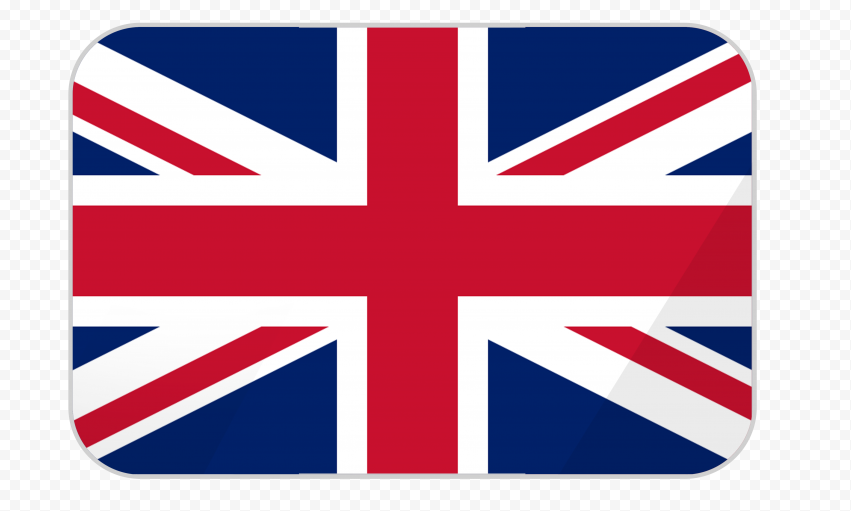 English
English
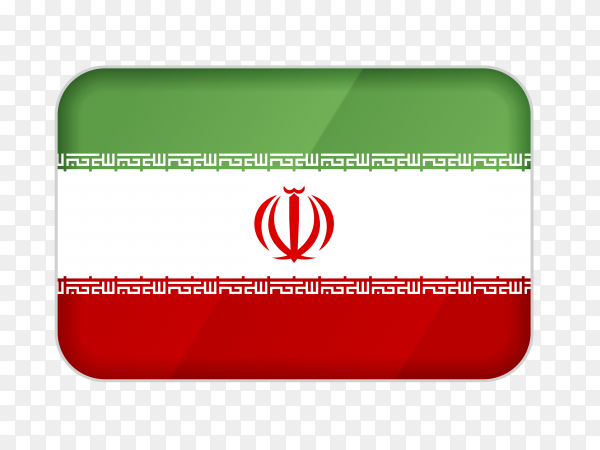 Persian
Persian
 Russian
Russian
 Chinese
Chinese


 +7929688-88-14
+7929688-88-14

